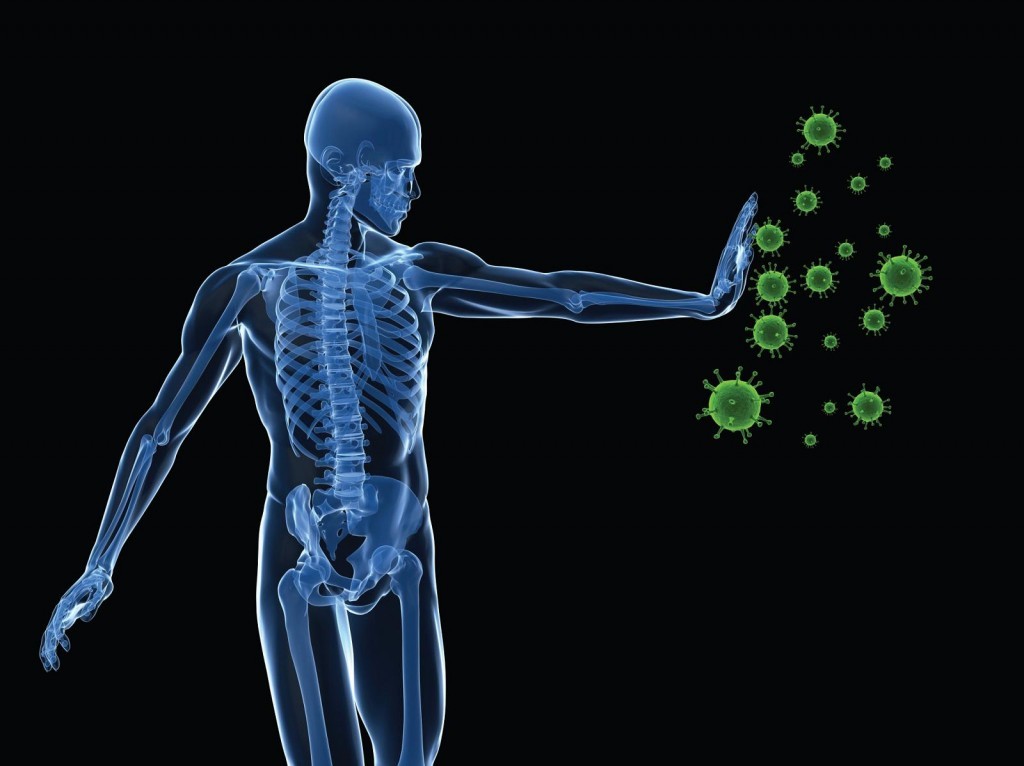Highlights
- •History of SARS-CoV-2 infection affects longitudinal responses to BNT162b2 vaccine
- •Lower humoral but enhanced cellular responses early after vaccine in naïve subjects
- •Comparable humoral and cellular responses almost eight months after vaccination
- •Similar S-specific B cells late after vaccine in naïve and recovered from COVID-19
Summary
We have analyzed BNT162b2 vaccine-induced immune responses in naïve and individuals recovered from COVID-19, both early (fourteen days) and late (almost eight months) after vaccination. Plasma S-specific immunoglobulins peak after one vaccine shot in individuals recovered from COVID-19, while a second dose is needed in naïve subjects, although the latter group shows reduced levels all-along the analyzed period. Despite the neutralization capacity against SARS-CoV-2 mirrors this behavior early after vaccination, both groups show comparable neutralizing antibodies and S-specific B cells levels late post-vaccination. When studying cellular responses, naïve individuals exhibit higher SARS-CoV-2-specific cytokines production, CD4+ T cells activation and proliferation than individuals recovered from COVID-19, with patent inverse correlations between humoral and cellular variables early post-vaccination. However, almost eight months post-vaccination, SARS-CoV-2-specific responses are comparable between both groups. Our data indicate that previous history of COVID-19 differentially determines the functional T and B cell-mediated responses to BNT162b2 vaccination over time.







